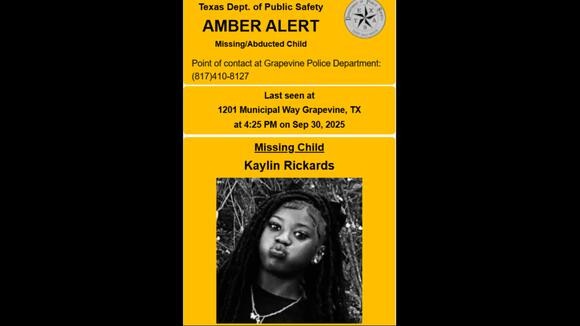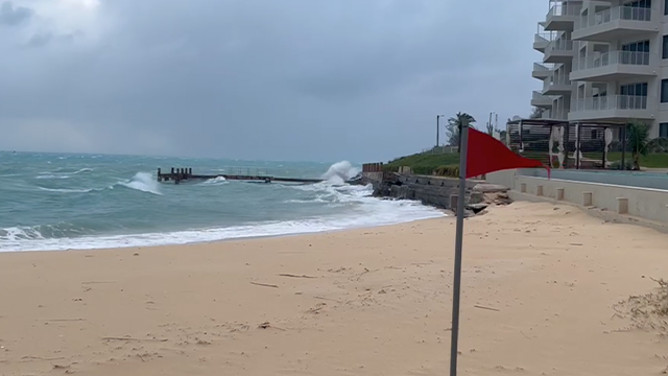In a swift turn of events that brought relief to a North Texas community, 13-year-old Kaylin Rickards has been located unharmed, just hours after an urgent AMBER Alert gripped the Dallas-Fort Worth area. The alert, issued late Tuesday evening on September 30, painted a dire picture: a young girl possibly snatched from the Grapevine Public Library, last spotted around 4:25 p.m. near 1201 Municipal Way. Authorities had described her as a Black female in a black hoodie over a tank top, black sweatpants, and pink Crocs—details that flashed across screens statewide, urging drivers to scan for a suspicious white Ford F-150 pickup.
Indeed, the initial reports suggested abduction, sparking widespread fear among parents and locals in Grapevine, a suburb not unaccustomed to such alerts but always shaken by them. Police mobilized quickly, broadcasting the suspect vehicle description far and wide. However, by early Wednesday morning, October 1, the narrative shifted dramatically. Kaylin was discovered safe at a bus terminal in Houston, far from the abduction scenario first feared. Investigators now believe she ran away on her own, aiming to hitch a ride to Georgia, a detail that underscores the complexities of teen disappearances beyond outright crimes.
Moreover, this case highlights how AMBER Alerts, while vital tools in child safety, can sometimes amplify initial panics before fuller truths emerge. Grapevine police wasted no time in canceling the alert, confirming Kaylin's reunion with family and closing the immediate threat. Yet, questions linger about what prompted her to leave—perhaps the stresses of adolescence, or something deeper unspoken. The department has indicated an ongoing probe, though no charges are mentioned at this juncture.
Thankfully, outcomes like this one reaffirm the system's effectiveness, even amid the rush of uncertainty. Still, each alert serves as a stark reminder of vulnerabilities in our daily routines, from library visits to quiet afternoons. One can't help but wonder how many such stories end this well, and what more can be done to prevent the next.


